Zinc Selenide Sputtering Target Description
A Zinc Selenide Sputtering Target is a type of ceramic material composed of zinc and selenium, used in sputtering processes. This target is typically employed in thin film deposition and various specialized applications due to the unique properties of the zinc-selenium combination.
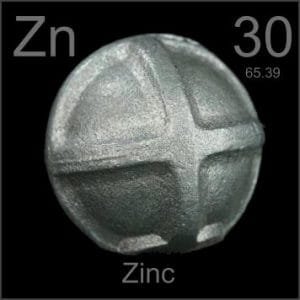 Zinc is a chemical element with the symbol “Zn” and an atomic number of 30. The name “zinc” originates from the German word ‘zinc,’ which may in turn be derived from the Persian word ‘sing,’ meaning stone. Zinc has been used since before 1000 BC and was discovered by Indian metallurgists. It is located in Period 4 and Group 12 of the periodic table, belonging to the d-block elements. The relative atomic mass of zinc is approximately 65.409 Daltons, with the number in parentheses indicating a margin of uncertainty.
Zinc is a chemical element with the symbol “Zn” and an atomic number of 30. The name “zinc” originates from the German word ‘zinc,’ which may in turn be derived from the Persian word ‘sing,’ meaning stone. Zinc has been used since before 1000 BC and was discovered by Indian metallurgists. It is located in Period 4 and Group 12 of the periodic table, belonging to the d-block elements. The relative atomic mass of zinc is approximately 65.409 Daltons, with the number in parentheses indicating a margin of uncertainty.
Related Product: Zinc (Zn) Sputtering Target
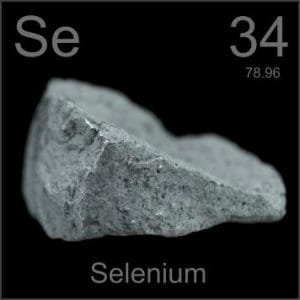 Selenium is a chemical element with the symbol “Se” and an atomic number of 34. The name “selenium” is derived from the Greek word ‘selene,’ meaning moon. It was first mentioned in 1817 and observed by Jöns Jacob Berzelius and Johan Gottlieb Gahn, who also achieved and announced its isolation. Selenium is located in Period 4 and Group 16 of the periodic table, classified within the p-block elements. Its relative atomic mass is approximately 78.96 Daltons, with the number in parentheses indicating a margin of uncertainty.
Selenium is a chemical element with the symbol “Se” and an atomic number of 34. The name “selenium” is derived from the Greek word ‘selene,’ meaning moon. It was first mentioned in 1817 and observed by Jöns Jacob Berzelius and Johan Gottlieb Gahn, who also achieved and announced its isolation. Selenium is located in Period 4 and Group 16 of the periodic table, classified within the p-block elements. Its relative atomic mass is approximately 78.96 Daltons, with the number in parentheses indicating a margin of uncertainty.
Related Product: Selenium (Se) Sputtering Target
Zinc Selenide Sputtering Target Specification
| Material Type | Zinc Selenide |
| Symbol | ZnSe |
| Color/Appearance | Yellow to Red, Crystalline Solid |
| Melting Point (°C) | >1,100 |
| Theoretical Density (g/cc) | 5.42 |
| Sputter | RF |
| Type of Bond | Indium, Elastomer |
| Comments | Preheat gently to outgas. Evaporates well. |
Zinc Selenide Sputtering Target Bonding Services
Specialized bonding services for Zinc Selenide Sputtering Targets, including indium and elastomeric bonding techniques, enhance performance and durability. Thin Film Materials (TFM) ensures high-quality solutions that meet industry standards and customer needs.
We also offer custom machining of backing plates, which is essential for sputtering target assembly. This comprehensive approach improves target design flexibility and performance in thin film deposition. Our channels provide detailed information about bonding materials, methods, and services, helping clients make informed decisions.

Packaging
Our Zinc Selenide Sputtering Targets are meticulously tagged and labeled externally to ensure efficient identification and maintain high standards of quality control. We take great care to prevent any potential damage during storage and transportation, ensuring the targets arrive in perfect condition.

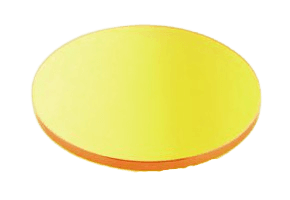
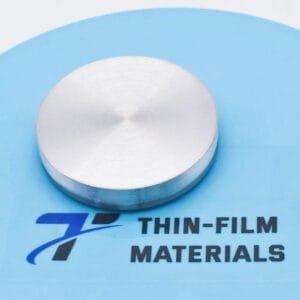

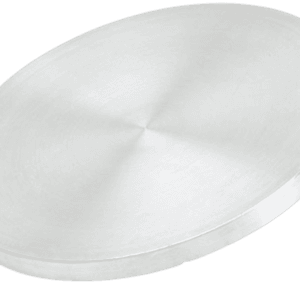
Reviews
There are no reviews yet.